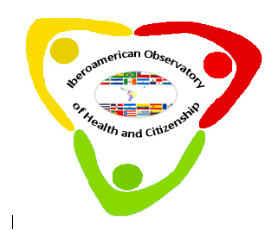Cutaneous Leishmaniasis: epidemiological overview in the Brazilian Northeast region, Greater São Luís Metropolitan Region (2010-2020)
por IOHC
—
última modificação
19/10/2022 10h00
Abstract -
Introduction: Cutaneous Leishmaniasis is a parasitic disease that has a high incidence in tropical and subtropical
regions. Over the years it presents high expansion in all Brazilian regions, with emphasis on the North and Northeast,
which shows vulnerable populations as the most affected. Investigating the epidemiology of these diseases is essential
for the formulation and implementation of public health policies with the objective of preventing and combating the
insect vector. Objective: To describe epidemiological data and their relationship with sociodemographic variables in
relation to the incidence of Cutaneous Leishmaniasis in the Greater São Luís Metropolitan Region between the years
2010 to 2020. Methodology: Epidemiological study with a quantitative and retrospective approach which used
secondary data in relation to confirmed cases of the disease between the years 2010 to 2020 for the study region and
qualitative variables. Results: The data showed a higher incidence of the disease in male individuals, of mixed race and
with incomplete primary education. Conclusion: Actions developed by the public spheres with the objective of
disseminating preventive campaigns associated with financial and technical investment to universities and research
centers contribute to the development of researches and the elaboration of measures that act in the interfaces of
prevention, treatment, control and eradication of major neglected tropical diseases.
Keywords: Tropical medicine; Epidemiology; Neglected tropical diseases.

 Leishmaniose Tegumentar_ panorama epidemiológico na região Nordeste do Brasil, Região Metropolitana da Grande São Luís (2010-2020).pdf
Leishmaniose Tegumentar_ panorama epidemiológico na região Nordeste do Brasil, Região Metropolitana da Grande São Luís (2010-2020).pdf